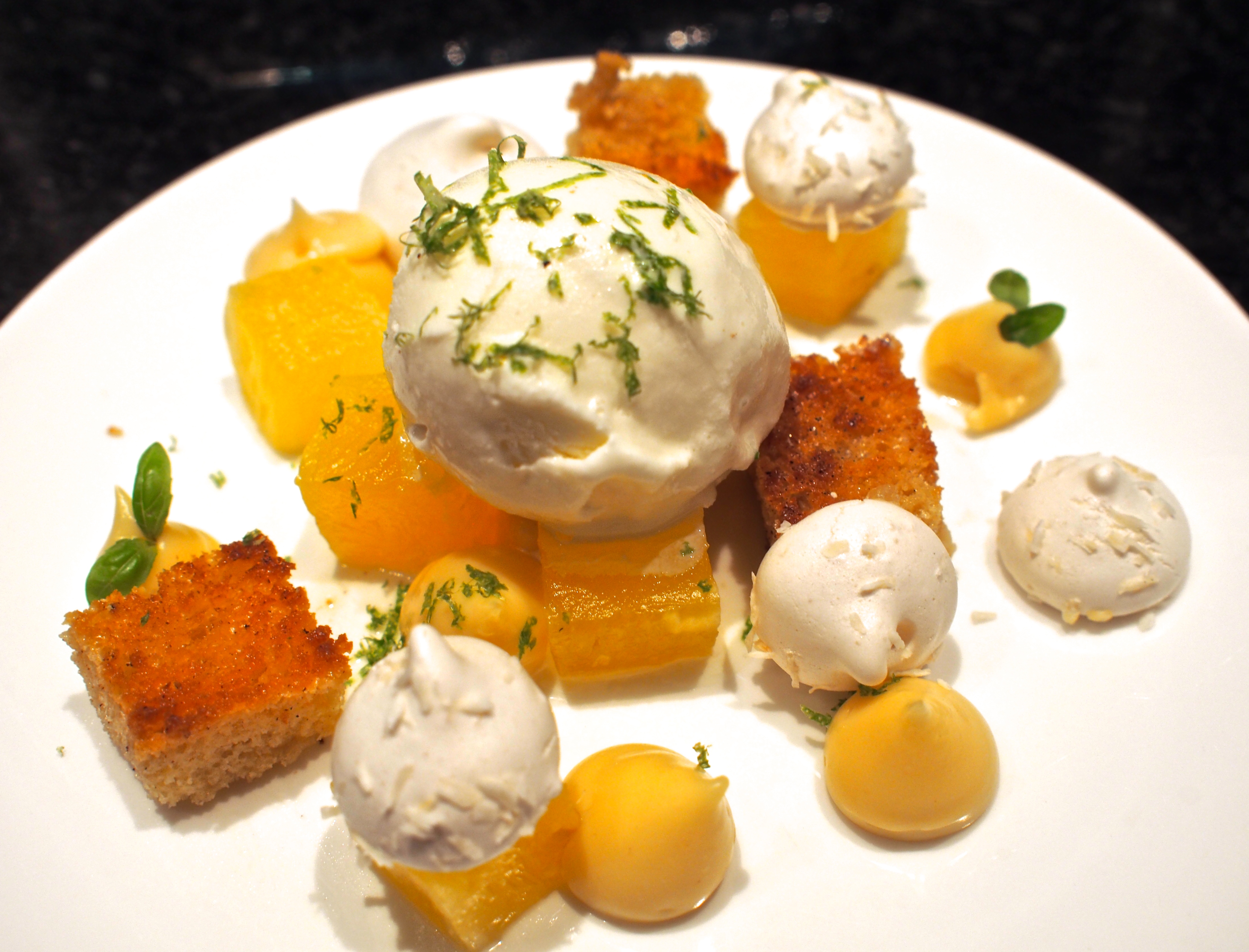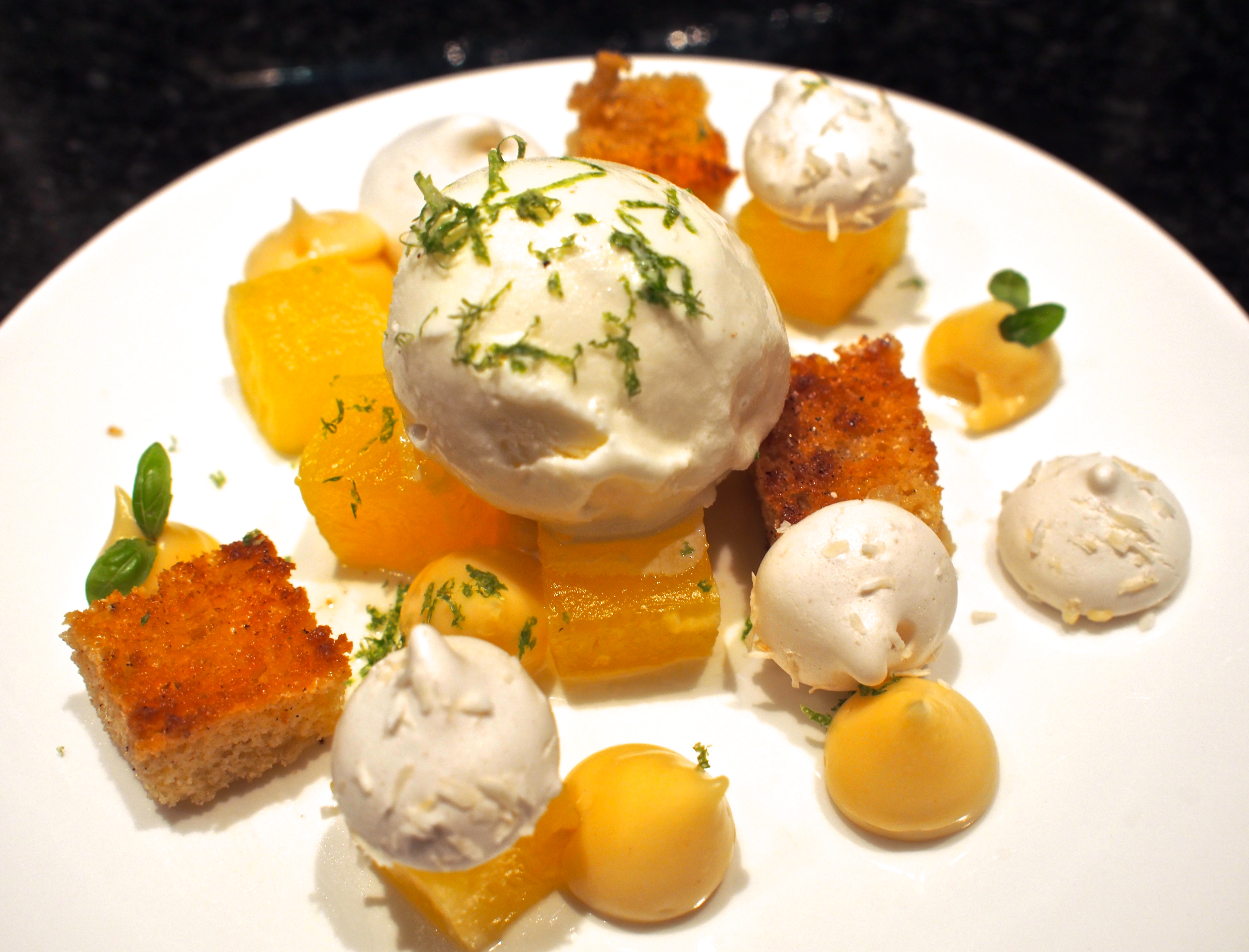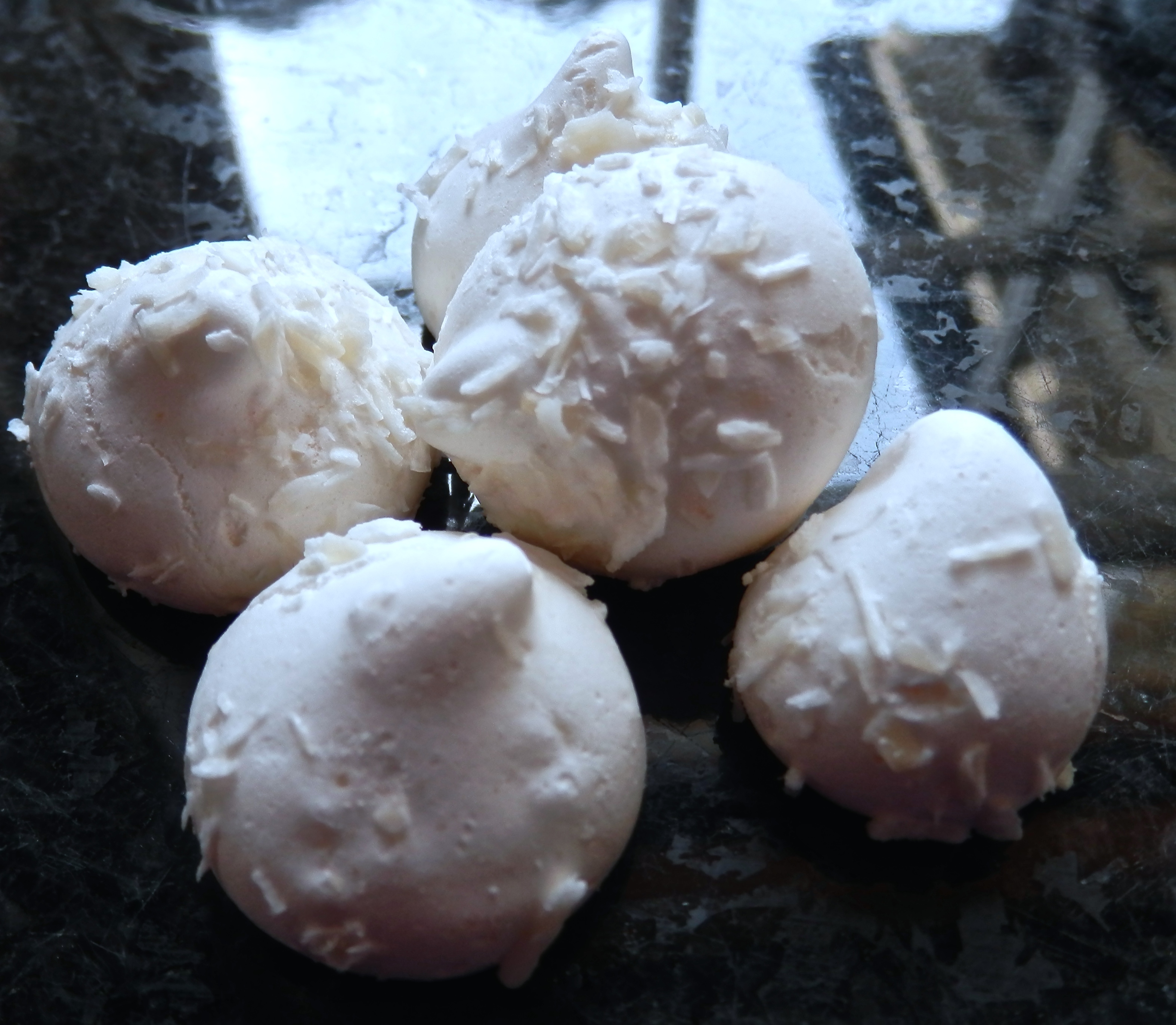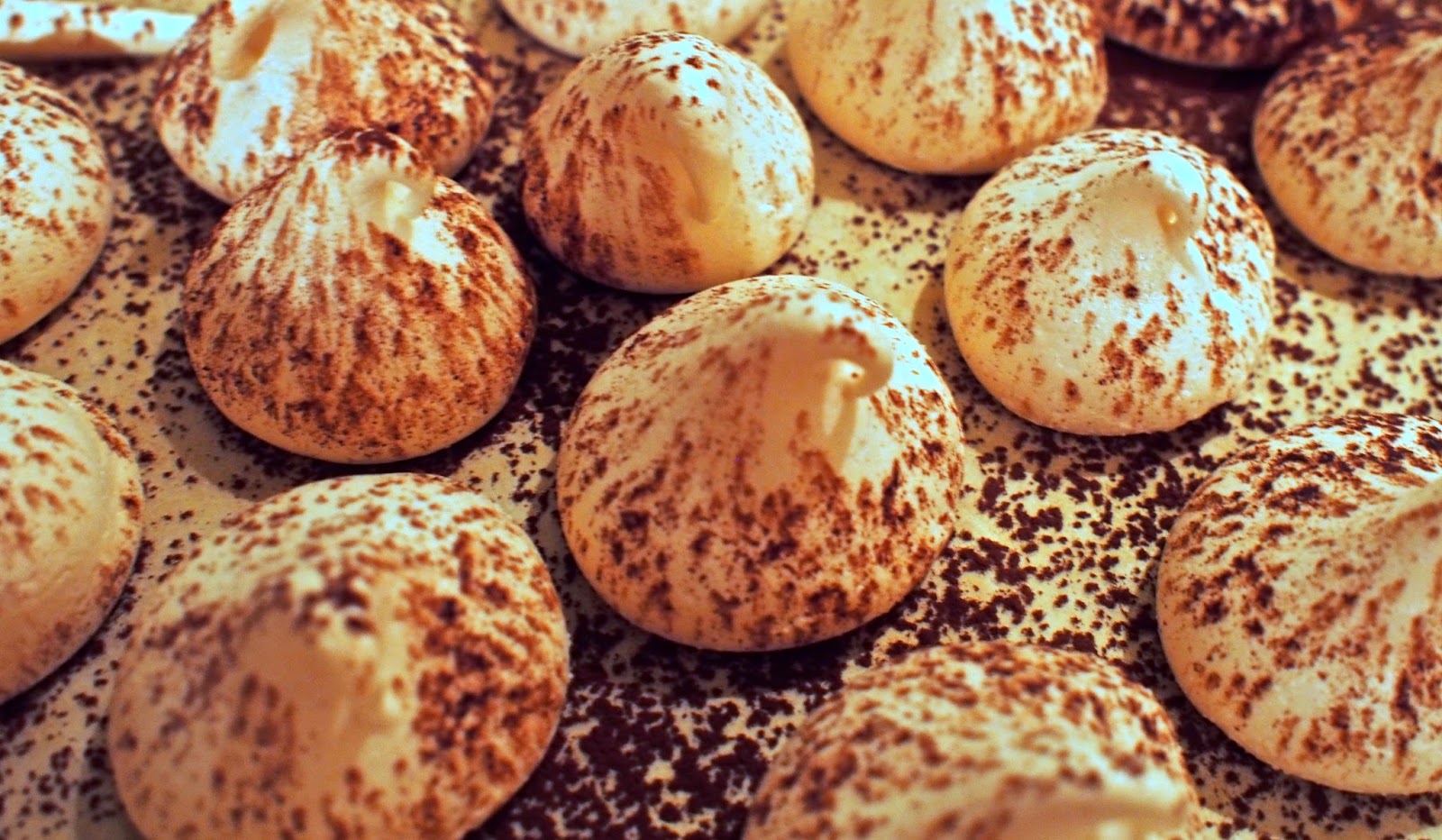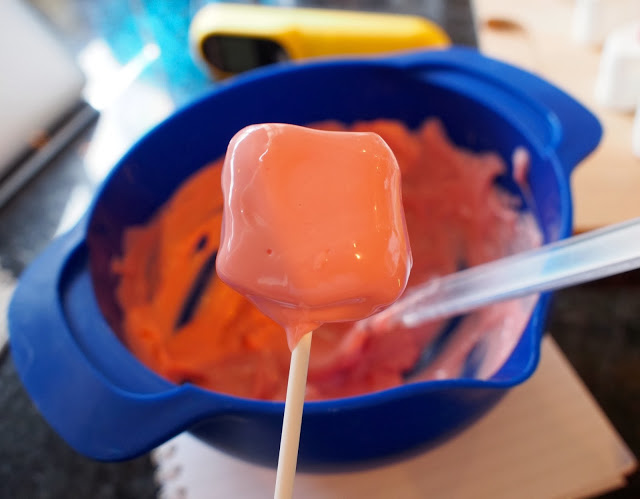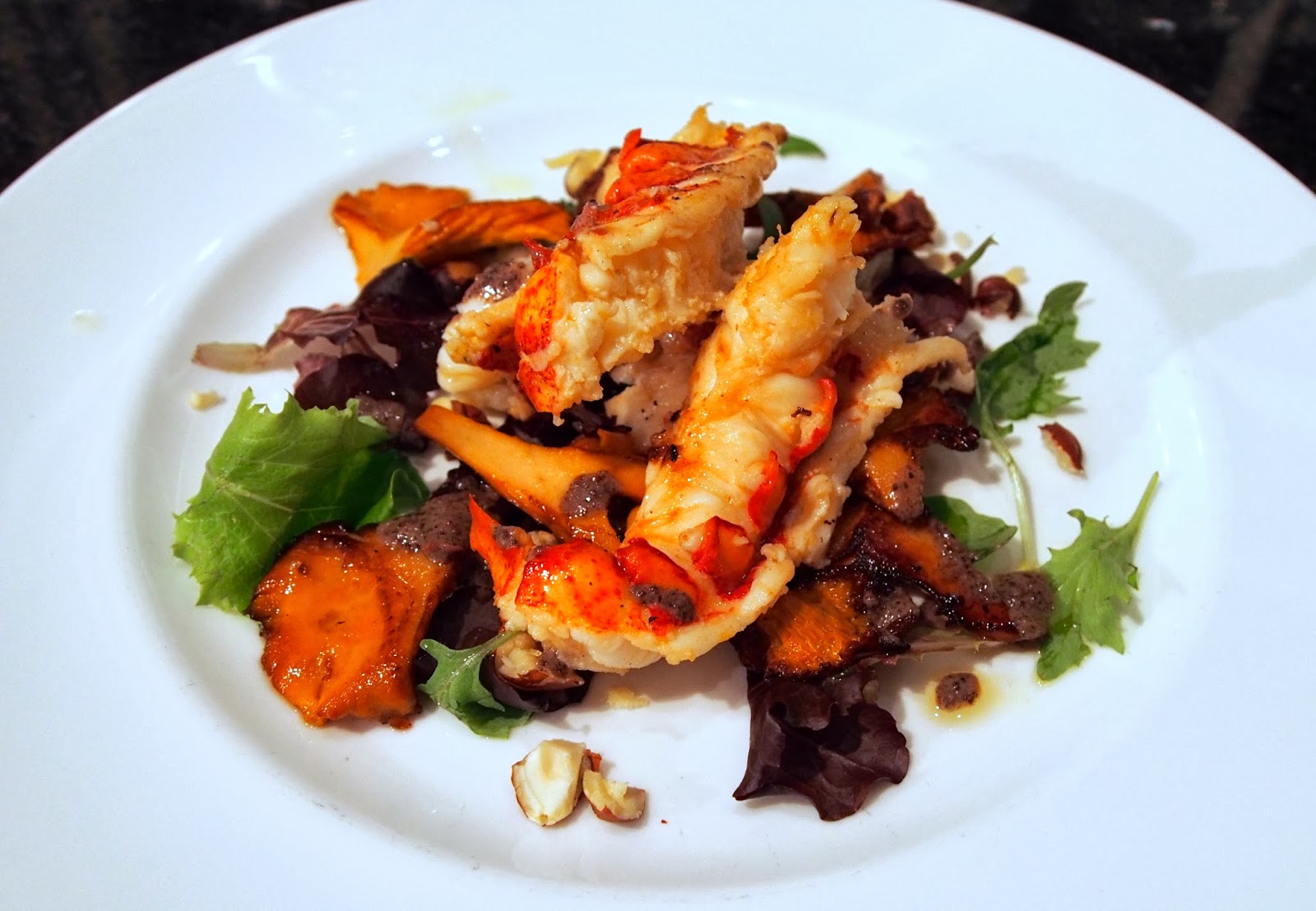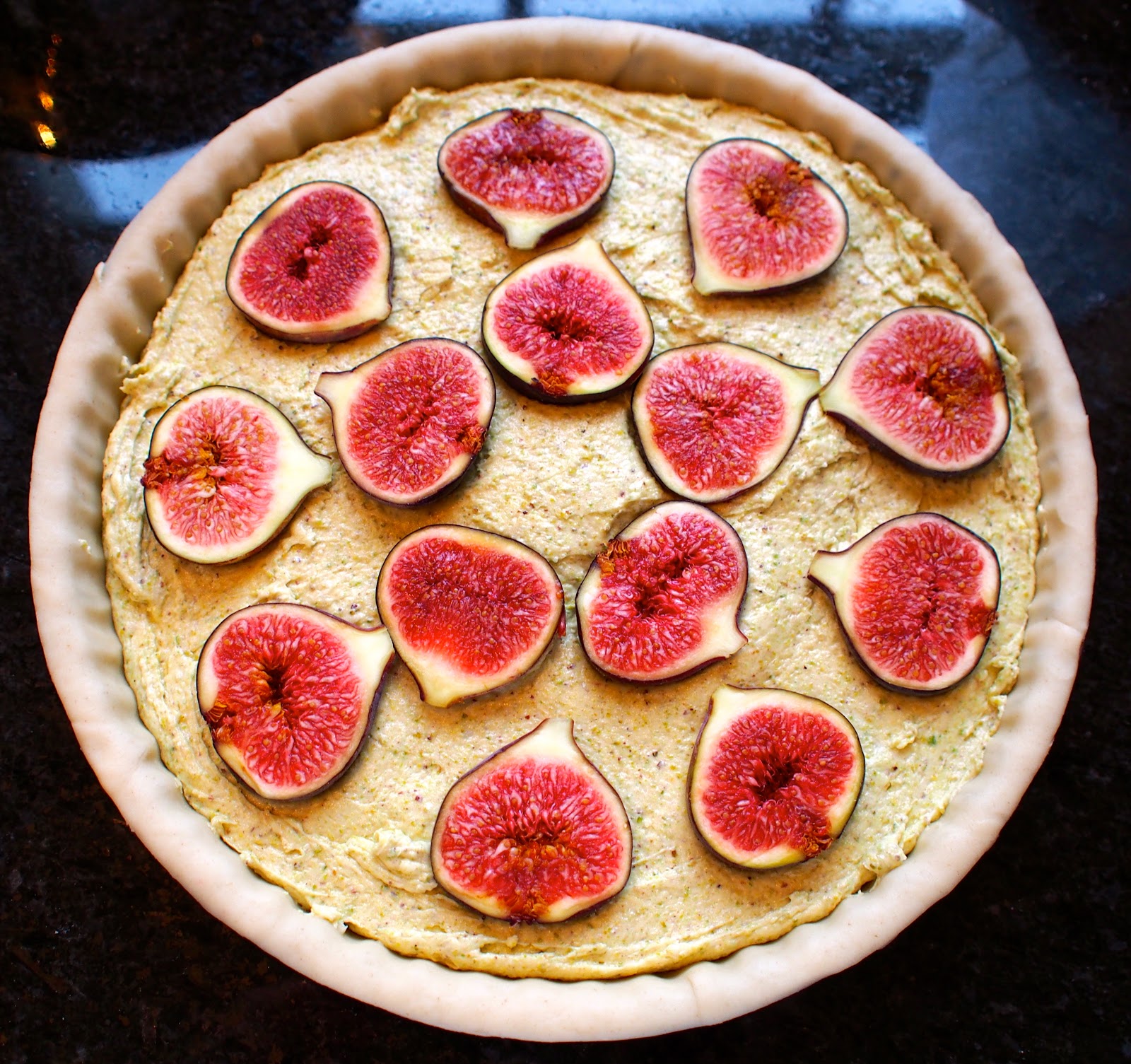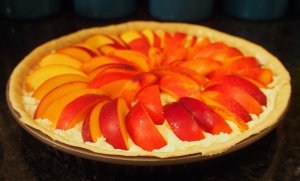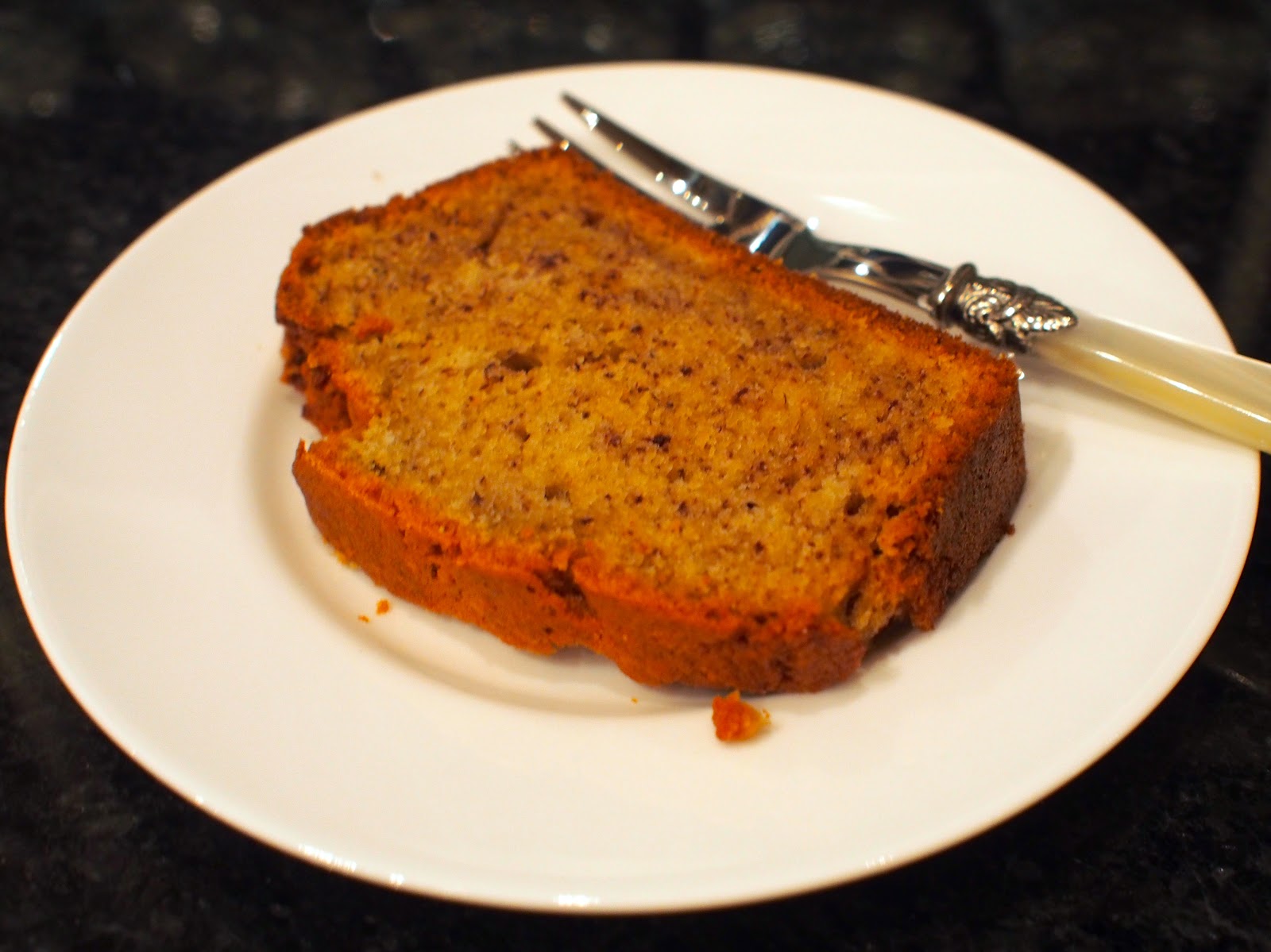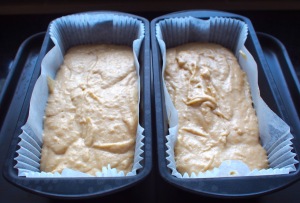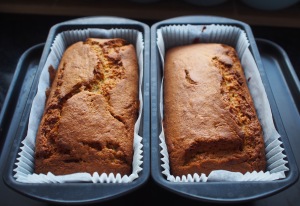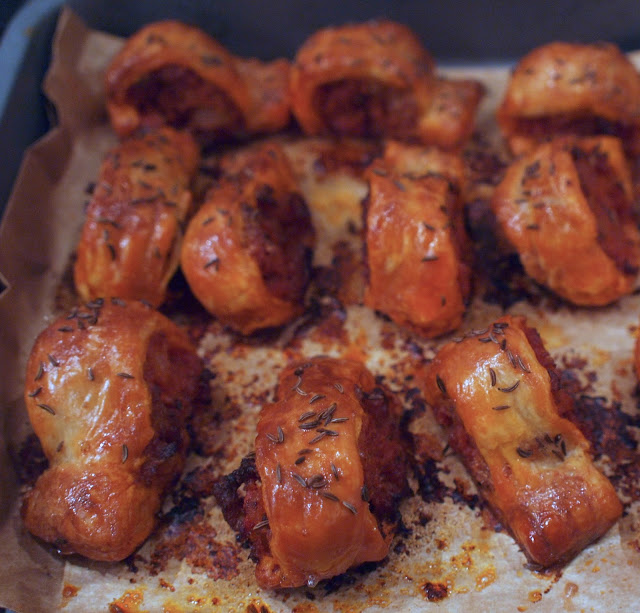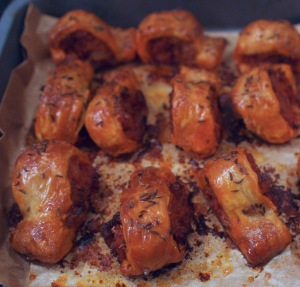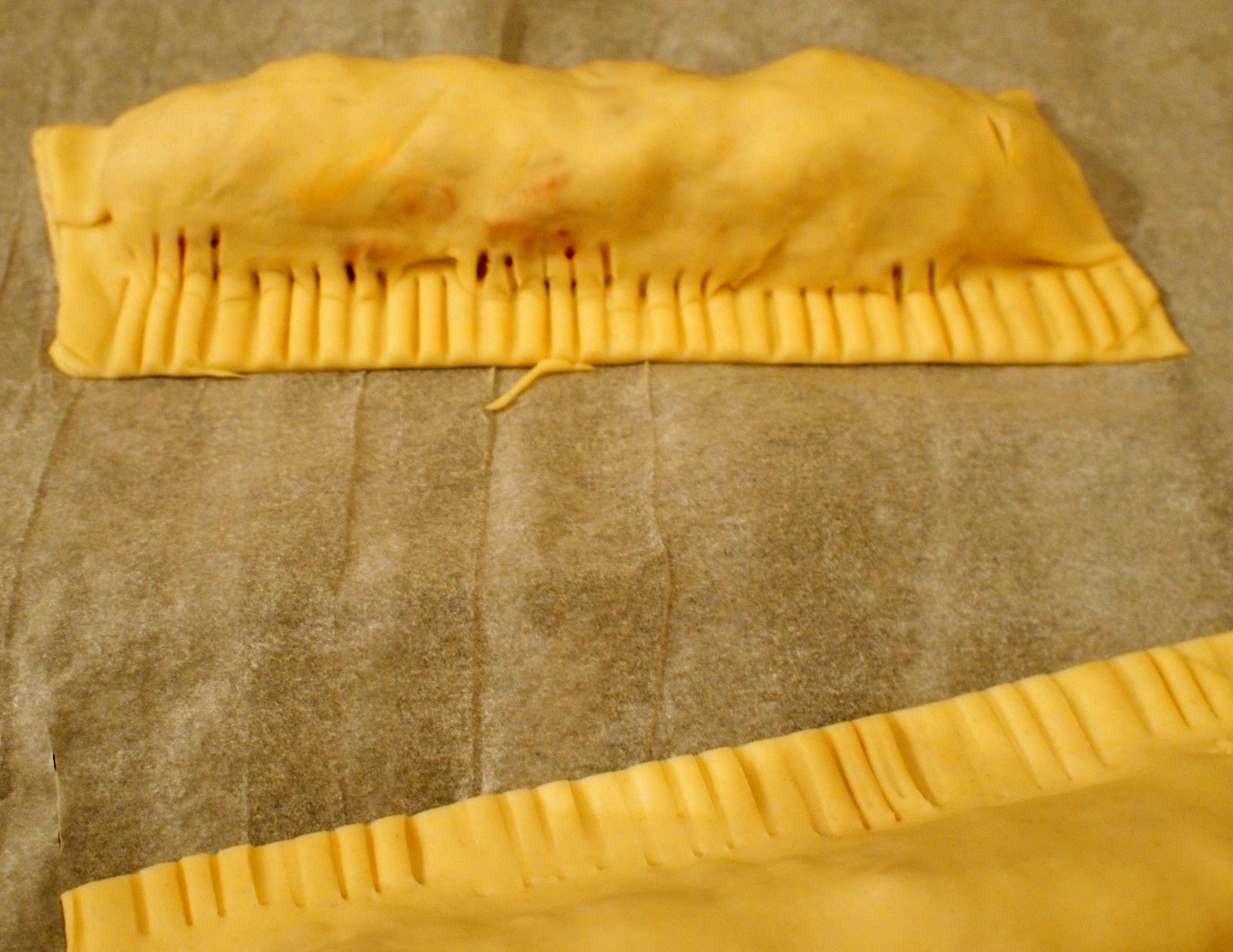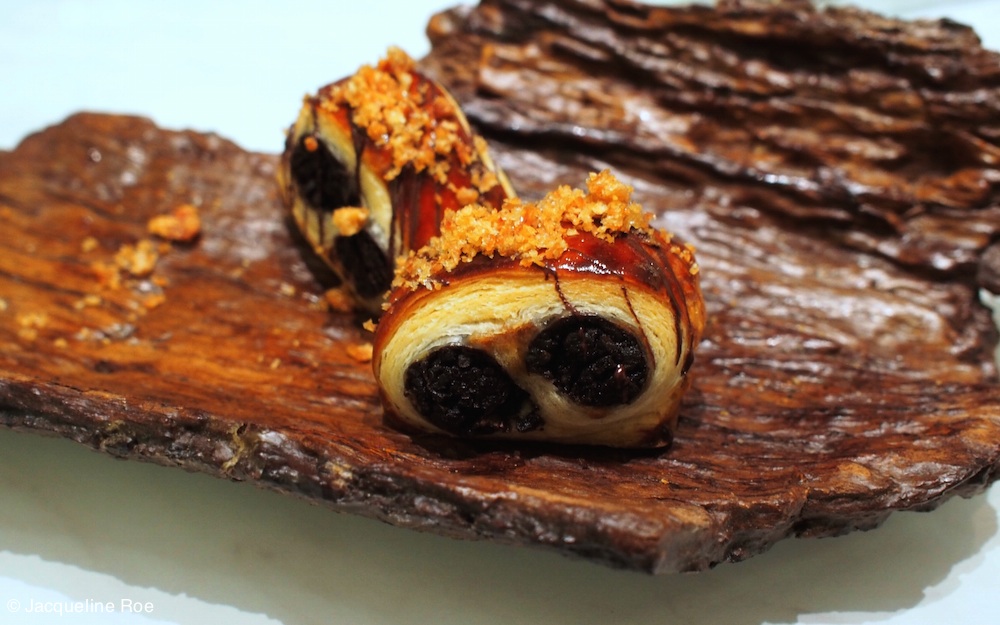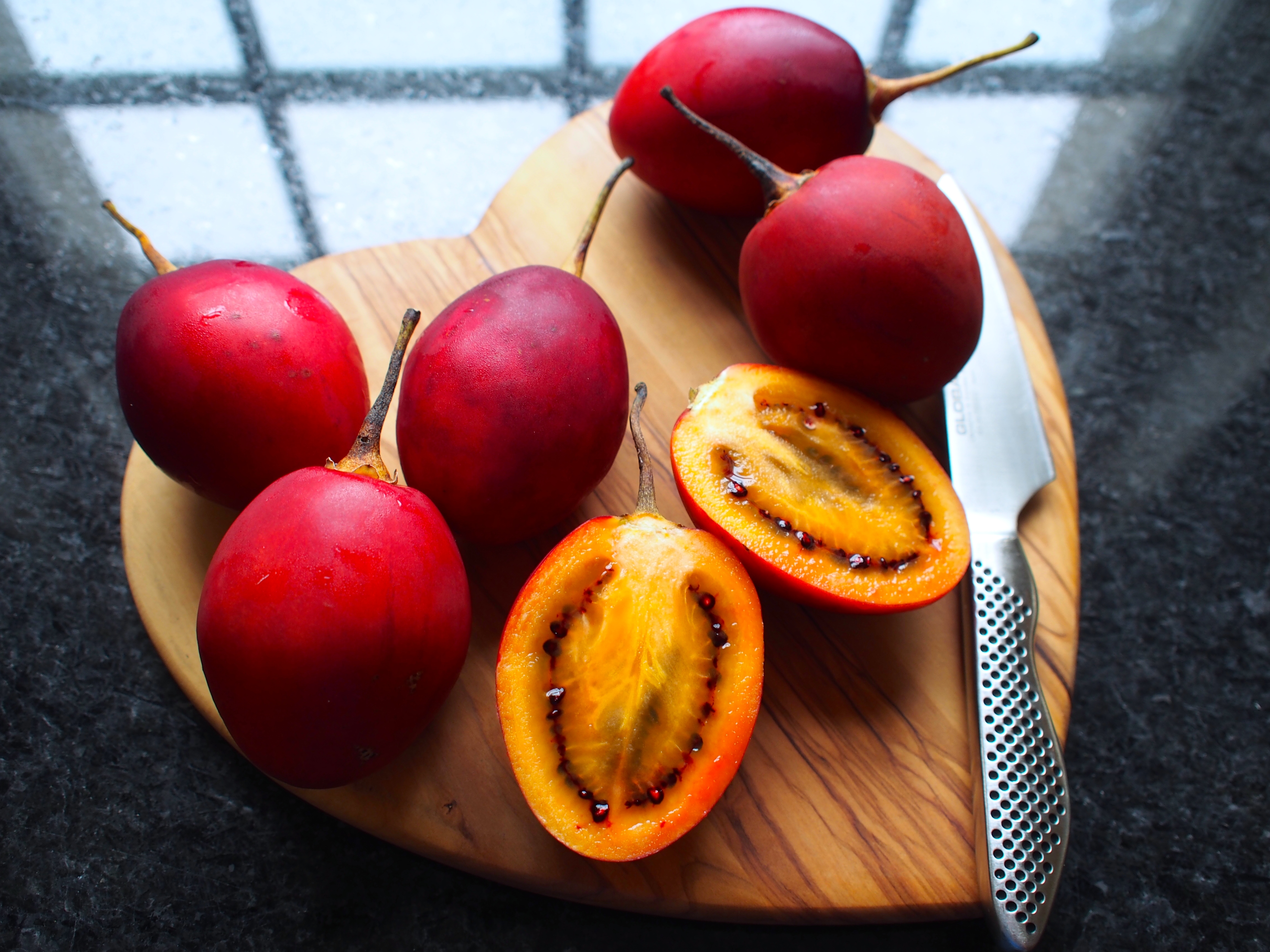 I’ve been madly in love with tamarillo’s since I first tasted them, about 14 years ago, in a fruit box at Ubon. That was it – from that moment on I was hooked… Ubon served them raw, with the skin cut virtually to the end, so that you slipped them off and into your mouth. Delicious!
I’ve been madly in love with tamarillo’s since I first tasted them, about 14 years ago, in a fruit box at Ubon. That was it – from that moment on I was hooked… Ubon served them raw, with the skin cut virtually to the end, so that you slipped them off and into your mouth. Delicious!
As you might suspect, they’re a member of the tomato family, complete with seeds hidden in their silky depths. The skin is typically considered inedible because it’s so bitter, and they have an incredibly sweet, but predominantly sour taste – probably quite unpalatable for most people, but there’s something else in there that’s a little more undefined… It’s the marmite of fruit…
They can be difficult to track down, but over the years Harrods has usually supplied me with my fix, flown in either from South America, or New Zealand. If you’ve never heard of them, or tried them, you’re in good company – in a conversation with two Michelin starred chefs recently, neither had ever tasted a tamarillo…
These days I get my fix from my lovely chums over at Oakleaf European, which necessitates me buying a whole tray at a time, but hurrah for that! Though I’ve never cooked them, I came across a reference to them in Umami, a fantastic book which leads you through the various facets of that ‘fifth taste’. It was an utter revelation to discover that tamarillos actually contain more glutamate (one element of umami) than tomatoes, and practically all fruit and vegetables – in fact up to five times the amount of tomatoes. It also has several times the levels of glutamate of beef – suddenly I entirely understood exactly why I adored them so much – that undefined flavour in the background is one of the biggest hits of umami available…
These are the figures for some foods we often associate with umami:
|
Food Type Tamarillo
Tomato
Green pea
Carrot
Beef
Venison
Egg yolk
Katsuobushi (dried bonito)
Niboshi (dried sardine)
Kombu (seaweed)
Nori (seaweed)
Shiitake
Anchovies
Cheese
Fish sauce
|
Glutamate (mg/100g)
470-1200 150-250 110
40-80
30
25-35
50
30-40
40-50 1200-3400
1380
70
630-1440
300-1680
620-1380
|
So, how do you develop the depth of the umami in something like tamarillos? Although I’ve only ever eaten mine raw, it did occur to me that they would make a fantastic tart tatin – especially as they hold less liquid than tomatoes, so wouldn’t go soggy.
I also spotted a recipe in the new Dabbous cookbook, where Ollie confits them and pairs with burrata, a perfect dish to my mind.
The flavour of roasted tamarillos is just ridiculously good – the umami reaches new heights, and leaves you sucking your cheeks for hours after tasting them. They’re even more addictive now than before, and I cannot imagine eating them raw very often again. Please do give them a go – I’d almost say they’re the most delicious thing I’ve cooked – thank goodness I have half a tray left – I’m off now to make some tamarillo jam…
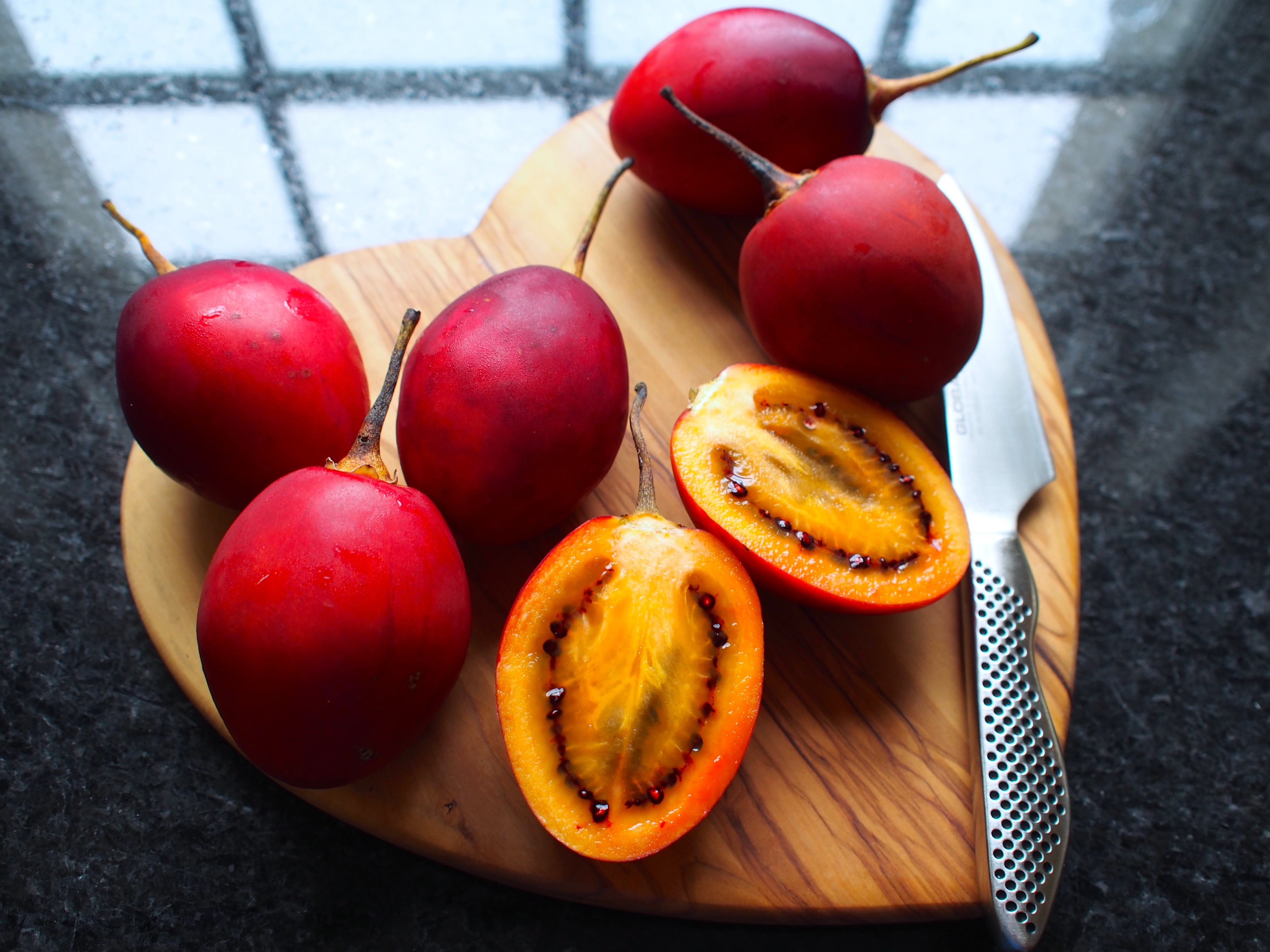



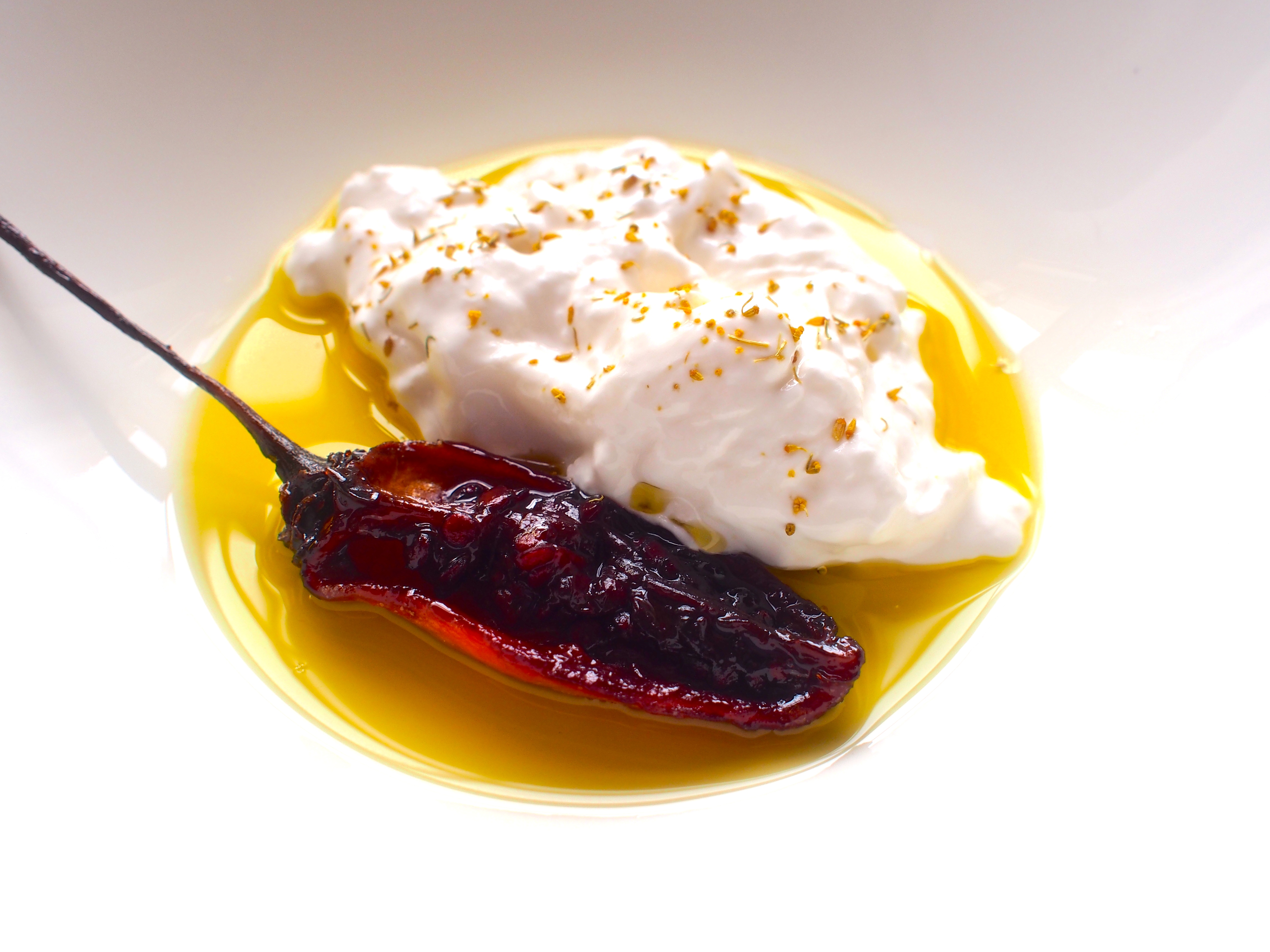 I have
I have 
